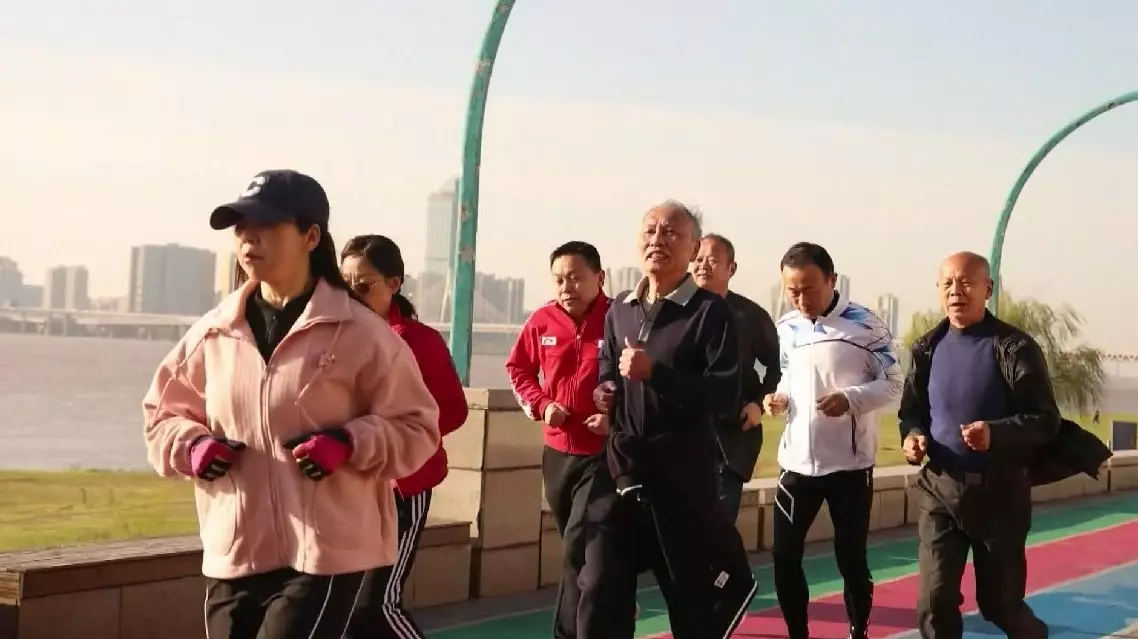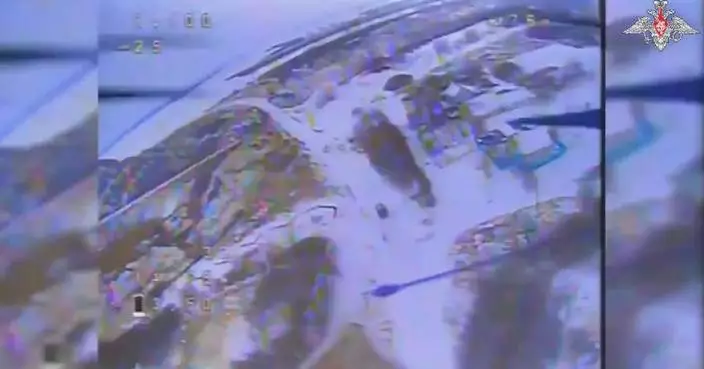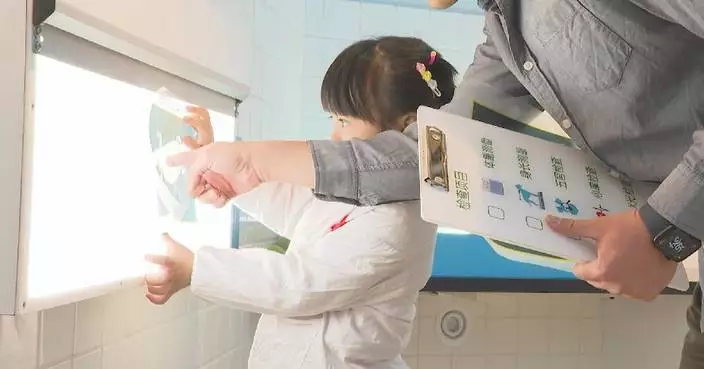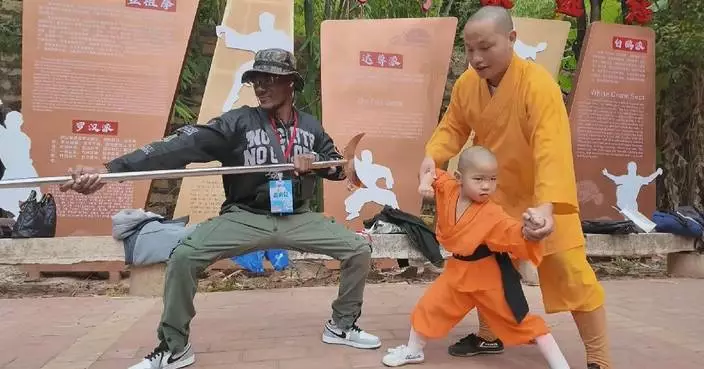A major archeological find has uncovered 50 bronze cauldrons -- iconic artifacts of ancient Chinese culture -- in a tomb in east China, shedding light on rituals from the dawn of civilization.
Known in Chinese as "ding", the characteristic cauldrons were unearthed at the Wuwangdun tomb in Anhui Province. The tomb has been confirmed by the National Cultural Heritage Administration as the largest and highest-level tomb from the ancient Chu state, dating back over 2,200 years.
Originally used to prepare food, ding became the core ritual vessel of the late Shang Dynasty (1600 to 1046 B.C.), symbolizing aristocracy and power.
Some of the bronze cauldrons have lids and had not been disturbed before being unearthed, leaving the relics inside relatively complete, which is rare in similar Chu state tombs, according to researchers.
In a recent excavation, archeologists carried out cleaning and relic extraction of three bronze cauldrons in large, medium and small size, and discovered relatively complete animal vertebrae, about 30 centimeters long, and more than 20 relatively complete ribs in the large-size cauldron.
After identification and analysis by zoological and archaeological experts, it was discovered that the vertebrae and ribs came from a pig that was about one year old.
"At present, we have discovered the remains of 15 animal species. The preliminary results showed that the livestock include pigs, dogs, and cattle. There are some other wild species, including sika deer, geese, and pheasants. We also discovered some fish, such as grass carp and common carp. Some animal remains have no heads, and some have their hooves removed. There are many cauldrons with lids, so the remains inside are original," said Zhang Zhiguo, cultural relics protection manager of Wuwangdun archaeological excavation project.
According to Zhang, the excavation project team have carefully followed the work process for unearthed cultural relics. They first took photos of each bronzeware to be cleaned and recorded the external information, then extracted the attachments outside the bronzeware, classified each attachment, and took photos of cleaned bronzeware for archiving.
In the following steps, a team member opened the lid and gradually extracted the liquid, animal bones, silt and other remains at the bottom of the bronzeware, paying special attention to the position and relationship of the relics inside to make detailed records.
"Our analysis is comprehensive. Throughout the extraction process, we take pictures at each stage, what is put first and what is put next, how were the animals disassembled and put into the cauldron, these are all historical information," said Zhang.
Archaeologists said that these discoveries are of great significance for understanding ancient documents and rituals.
"Through subsequent identification, it is worth paying attention to see which kind of cauldron holds which kind of sacrifice. This can supplement our understanding of the ancient literature. The actual liturgical activities may be far richer and more complex than we know," said Zhang Wenjie, leader of the first archaeological team for the excavation project.
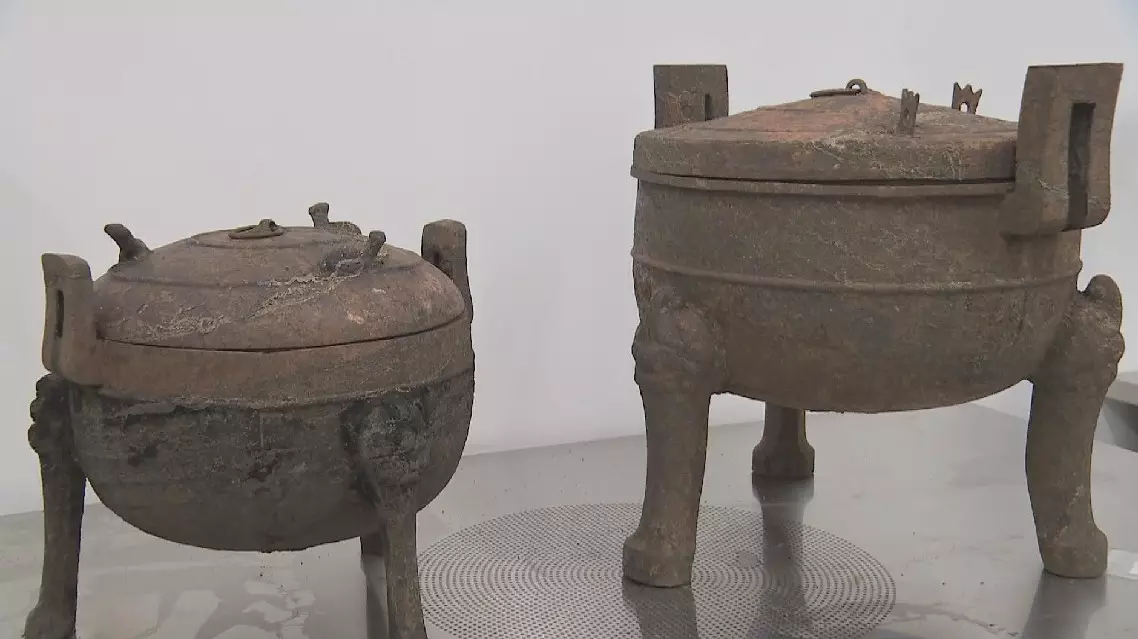
Unearthing of bronze cauldrons reveals details of ancient Chinese life


